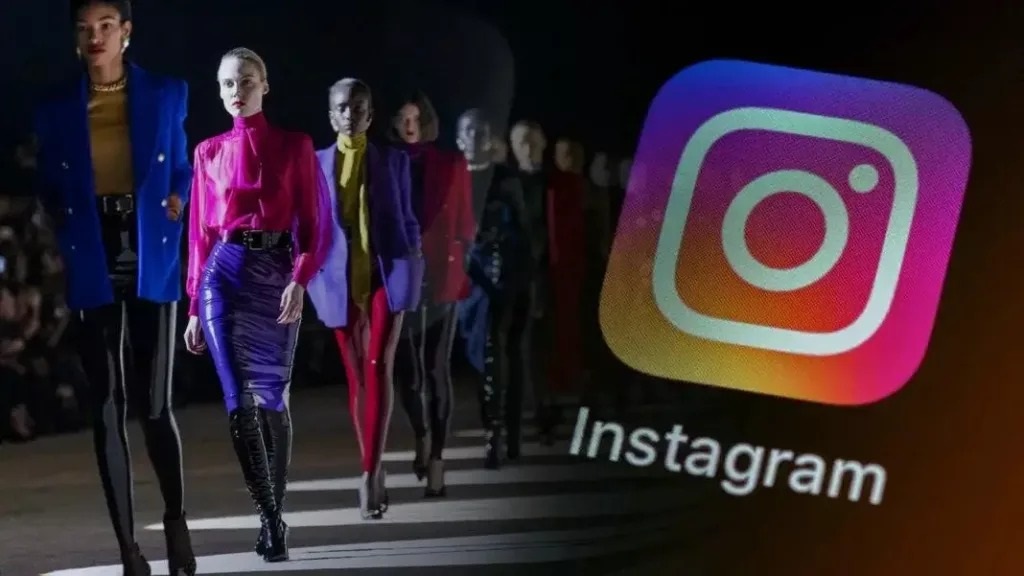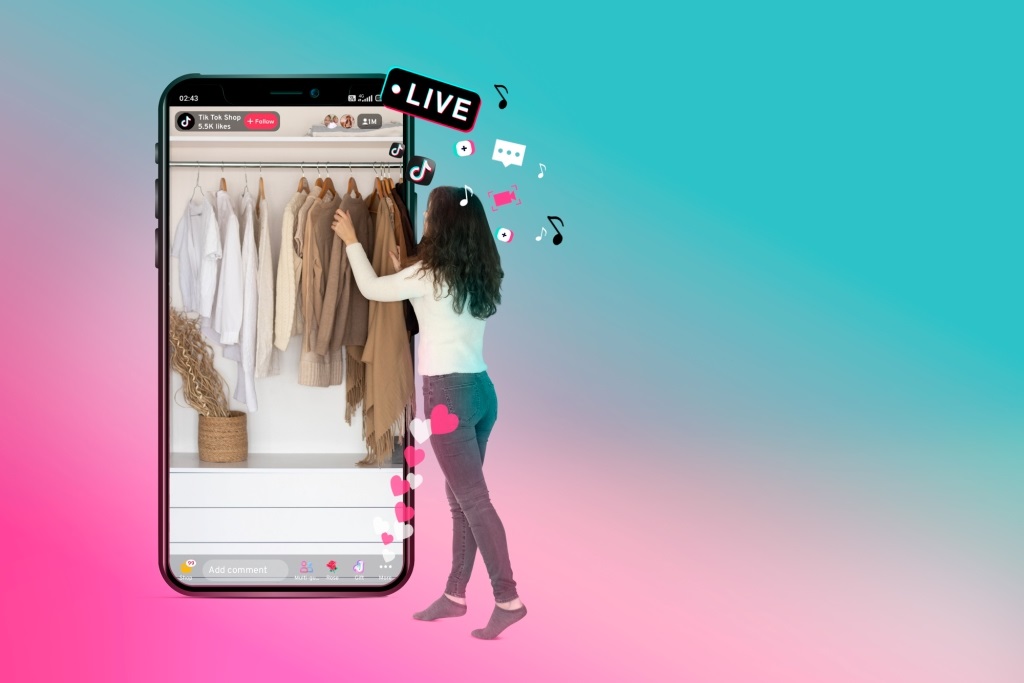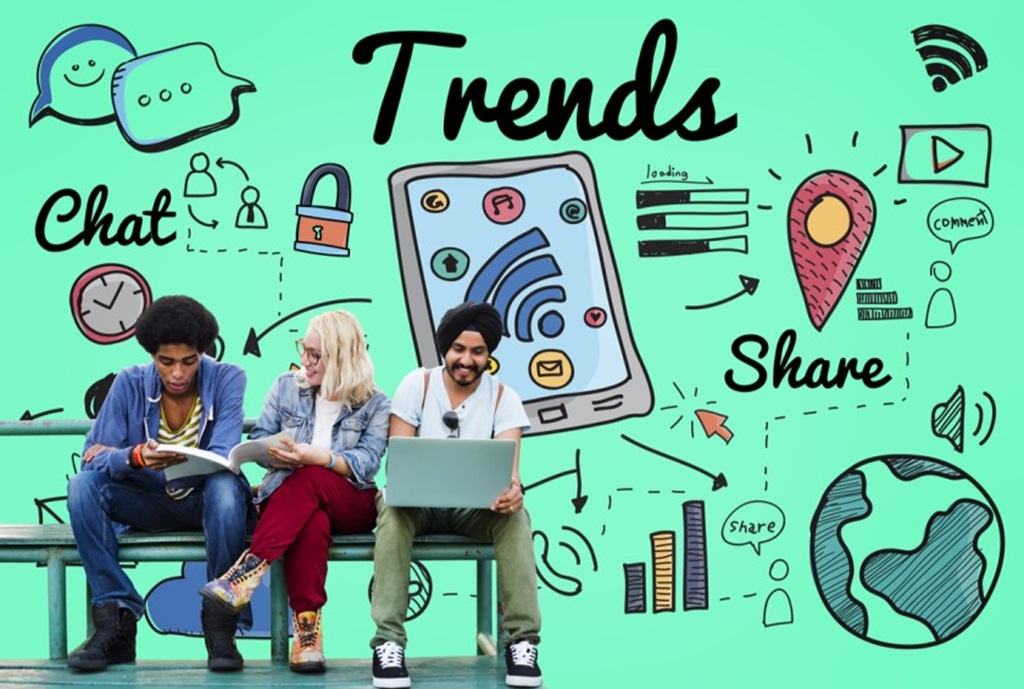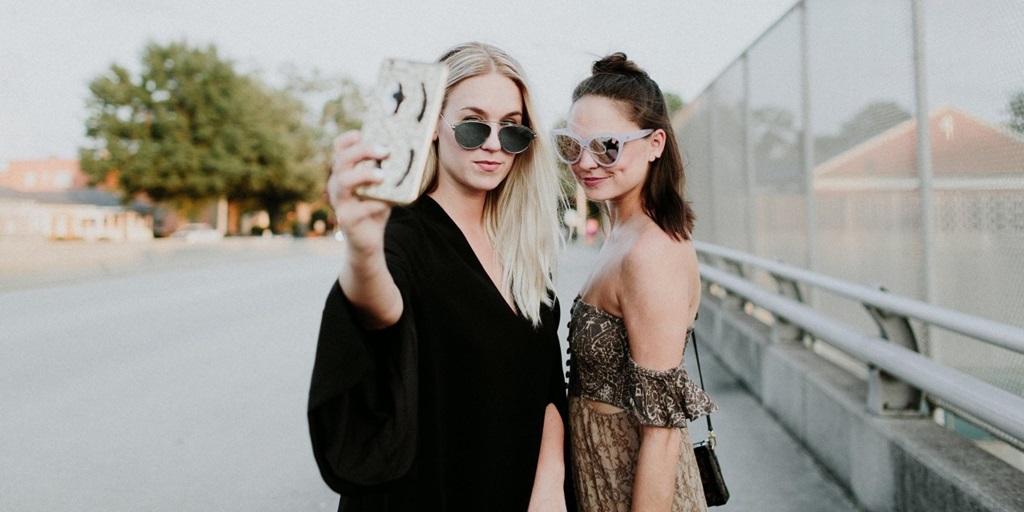Social media has revolutionized the way we connect, communicate, and consume information. In the realm of fashion, its impact is particularly profound, shaping trends, influencing consumer choices, and redefining the dynamics of the fashion industry. Let’s delve into the intricate relationship between social media and fashion trends.
Understanding the Influence of Social Media on Fashion Trends
In the digital age, social media has become an integral part of our lives. It’s not just a platform for sharing photos and updates; it’s a powerful influencer that extends its reach to various aspects of our daily routines. When it comes to fashion, social media acts as a catalyst, accelerating the pace at which trends emerge and dissipate.
Evolution of Fashion Trends
Traditionally, fashion trends were disseminated through established channels like fashion shows and magazines. However, the advent of social media has democratized the process. Trends now emerge organically from the grassroots, gaining momentum through user-generated content on platforms like Instagram, Pinterest, and TikTok. The speed at which these trends are adopted is unprecedented, thanks to the global reach of social media.
Instagram: The Fashion Influencer Hub

One platform that stands out in the world of fashion influence is Instagram. With the rise of influencers – individuals who command a massive following and showcase curated lifestyles – Instagram has become a virtual runway for emerging trends. Visual content dominates, and influencers play a pivotal role in dictating what’s in and what’s out.
Rise of Instagram Influencers
Instagram influencers are the new-age fashion icons. They have the ability to introduce a style, accessory, or brand to millions of followers with a single post. Their impact is so significant that collaborations with influencers have become a staple for fashion brands seeking to stay relevant.
Power of Visual Content
The saying “a picture is worth a thousand words” has never been truer in the context of fashion on social media. The visual nature of platforms like Instagram allows users to instantly connect with styles and products, influencing their purchasing decisions.
Hashtags and Virality
One of the unique features of social media is the use of hashtags. These simple symbols play a pivotal role in creating and spreading fashion trends. By attaching a catchy hashtag to a particular style or outfit, users can contribute to a collective narrative, resulting in trends going viral.
Role of Hashtags in Trend Creation
Hashtags serve as the glue that binds like-minded fashion enthusiasts. They aggregate content, making it easier for users to discover and participate in trending topics. Fashion brands leverage this phenomenon by creating branded hashtags, fostering a sense of community around their products.
Examples of Viral Fashion Trends
From the “Insta-famous” little black dress to the “dad sneakers” trend, social media has witnessed the rapid ascent and saturation of various styles. These trends often originate from user-generated content that gains traction, ultimately shaping the broader fashion landscape.
Direct-to-Consumer Influence
Social media has dismantled the traditional barriers between fashion brands and consumers. Direct-to-consumer (DTC) marketing has become a game-changer, allowing brands to showcase products directly to their target audience.
Accessibility and Availability
The direct line of communication between brands and consumers means that fashion enthusiasts can access the latest collections and styles without intermediaries. This accessibility has transformed how people perceive and interact with fashion.
Consumer Empowerment
Consumers now wield significant influence in shaping trends. User-generated content, reviews, and recommendations on social media platforms can make or break a fashion brand. This shift in power has compelled brands to be more responsive to consumer preferences.
Social Media Platforms and Demographics

Different social media platforms cater to diverse demographics, and this diversity plays a crucial role in shaping fashion trends.
Variation Across Platforms
While Instagram is synonymous with visual fashion trends, platforms like Twitter and Pinterest have their unique dynamics. Twitter, for instance, is conducive to real-time discussions about fashion events, while Pinterest serves as a virtual mood board for those seeking inspiration.
Demographic Influences
The age, location, and interests of social media users contribute to the diversity of fashion trends. A trend that resonates with Gen Z on TikTok might not necessarily gain traction with an older demographic on Facebook.
Globalization of Fashion
Social media’s reach extends far beyond geographical boundaries, facilitating the globalization of fashion trends.
Cross-Cultural Exchange
Fashion influencers and enthusiasts from different parts of the world can connect, share, and blend cultural styles. This cross-pollination of fashion traditions has resulted in a more eclectic and inclusive global fashion scene.
Influence on Local Fashion Industries
While globalization is a positive aspect, there are challenges, particularly for local fashion industries. The dominance of global trends can sometimes overshadow the unique offerings of local designers and artisans.
Challenges and Criticisms
As with any influential force, social media’s impact on fashion trends is not without its challenges and criticisms.
Unrealistic Beauty Standards
The curated nature of social media content often portrays an idealized version of beauty, leading to unrealistic standards. This phenomenon has sparked debates about body positivity and the need for more inclusive representations in the fashion industry.
Cultural Appropriation Concerns
The rapid adoption of cultural elements as trends on social media has raised concerns about cultural appropriation. It’s crucial to navigate this landscape with sensitivity, respecting and acknowledging the cultural origins of fashion styles.
Data-Driven Fashion Marketing

Social media platforms utilize sophisticated algorithms to analyze user behavior, enabling personalized fashion recommendations.
Personalized Recommendations
From targeted ads to algorithm-generated style suggestions, social media platforms leverage user data to provide a personalized and tailored shopping experience. This data-driven approach enhances user engagement and increases the likelihood of conversion.
Analyzing User Behavior
Understanding user behavior is a crucial aspect of fashion marketing on social media. Brands can gain insights into the preferences, habits, and trends that resonate with their audience, allowing for strategic decision-making.
Sustainability in Fashion
The influence of social media extends beyond aesthetics, contributing to the promotion of sustainable and ethical fashion practices.
Social Media’s Role in Promoting Sustainability
In recent years, there has been a growing awareness of the environmental impact of fast fashion. Social media influencers and brands are using their platforms to advocate for sustainable practices, influencing consumers to make more conscious choices.
Consumer Awareness
Social media acts as an educational tool, raising awareness about the importance of sustainable fashion. Users are increasingly informed about the lifecycle of products, ethical sourcing, and the need to reduce fashion waste.
Fashion Activism
In addition to influencing style, social media has become a platform for fashion activism.
Influencers as Activists
Influencers often leverage their platforms to advocate for social and environmental causes. Whether it’s promoting diversity in fashion or championing sustainable practices, influencers play a crucial role in amplifying important issues.
Amplifying Social Issues
Fashion trends are not just about aesthetics; they can also be a vehicle for social change. Social media provides a stage for raising awareness about social issues, using fashion as a means of expression and activism.
Future Trends in Social Media Fashion

As technology continues to evolve, so does the landscape of social media and its impact on fashion.
Emerging Platforms
New social media platforms are constantly emerging, each with its unique features and user base. The next big fashion trend might originate from a platform that is currently under the radar.
Technological Integrations
Augmented reality, virtual try-ons, and interactive shopping experiences are shaping the future of fashion on social media. The integration of technology enhances the user experience and introduces innovative ways of interacting with fashion content.
Conclusion
The symbiotic relationship between social media and fashion trends is undeniable. From democratizing fashion influence to fostering a global community of fashion enthusiasts, social media has reshaped the industry. However, it’s essential to navigate this landscape responsibly, considering the diverse impacts on individuals, cultures, and the environment.
FAQs on Social Media and Fashion Trends
-
What role do influencers play in shaping fashion trends?
- Influencers act as trendsetters by showcasing and promoting styles to their massive following, influencing the broader fashion landscape.
-
How has social media impacted the traditional fashion industry?
- Social media has democratized fashion, allowing direct communication between brands and consumers, thereby transforming traditional marketing and consumption patterns.
-
Are there any negative consequences of social media’s influence on fashion?
- Yes, challenges include the promotion of unrealistic beauty standards and concerns about cultural appropriation, requiring a nuanced approach to address these issues.
-
Can social media help promote sustainable and ethical fashion?
- Absolutely, social media serves as a platform for promoting sustainability in fashion by raising awareness, influencing consumer choices, and advocating for ethical practices.
-
What is the future outlook for the intersection of social media and fashion?
- The future holds exciting possibilities with emerging platforms and technological integrations, shaping a dynamic and innovative landscape for social media and fashion.


